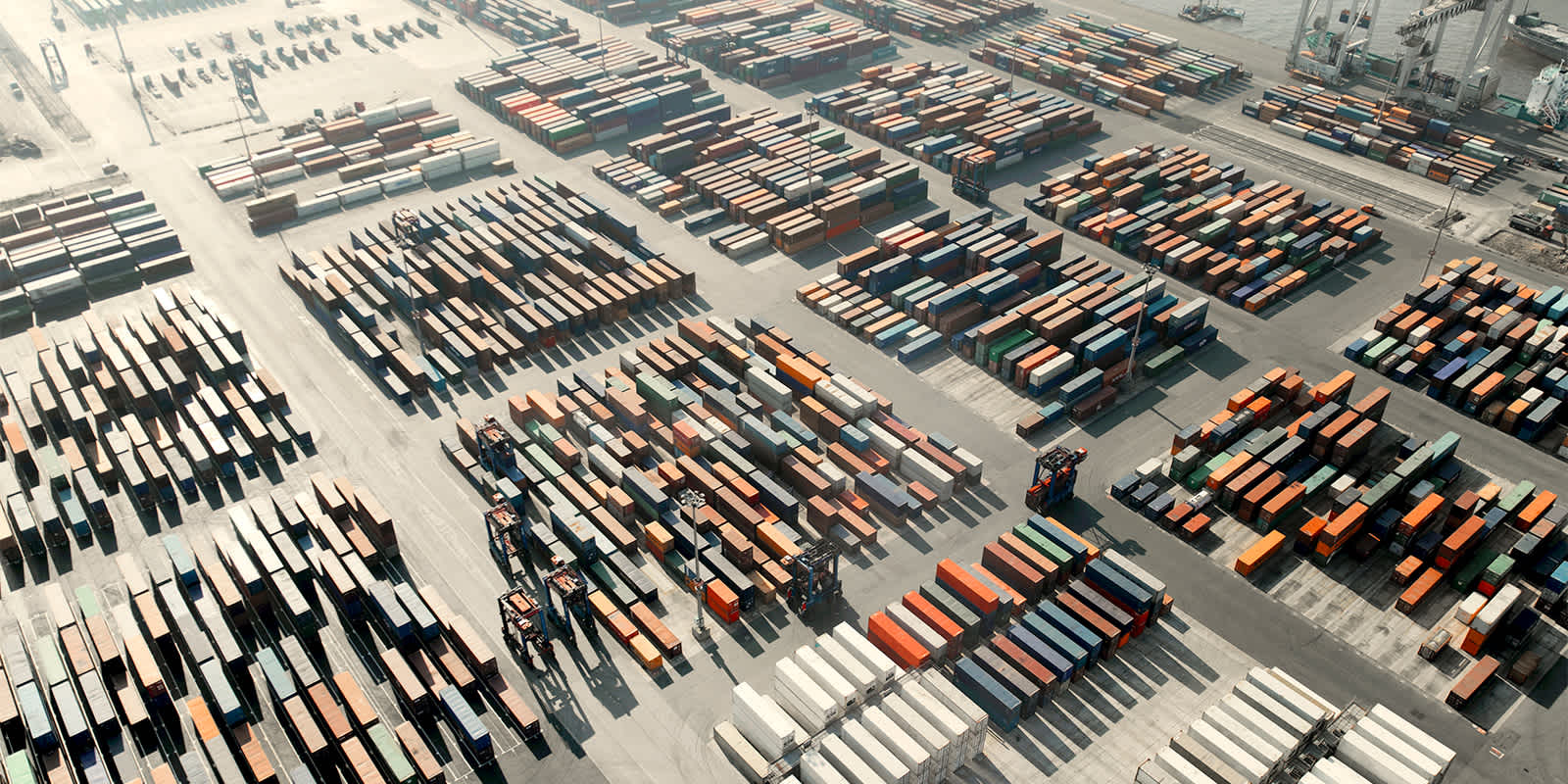
2020 年 01 月 27 日
Phase One Deal Signed Between US and China—Now What?
Phase One Deal Signed Between US and China—Now What?
Earlier this month, we saw the official signing of a phase one trade deal between the United States and China. In this edition of Tariff Insider, we look at what the agreement entails, what the deal might mean for the rest of the world, and what’s going on between the US and Europe.
Phase One: Key Takeaways, Winners, and Next Steps
On January 15, 2020, President Trump and Chinese Vice Premier Liu He signed the long-anticipated ‘phase one’ trade deal. The 96-page, 8-chapter document, offers a moment of temporary relief between the world’s largest economies.
One key takeaway: an agreement from China to purchase an additional $200 billion of US goods and services (beyond 2017 imports), over two years through December 2021.
- $77.7 billion in manufactured goods (aircraft, vehicles, iron and steel)
- $32 billion in agricultural products (including seafood)
- $52.4 billion in energy (liquefied natural gas and crude oil)
- $37.9 billion in services (business travel, financial services, and insurance)
In turn, the US suspended the implementation of List 4b tariffs on Chinese products entering the US; $360 billion worth of tariffs remain in place.
Additionally, the deal included provisions relating to the following categories:
- Agriculture: Farmers are considered the biggest winners of the trade deal, with China agreeing to purchase at least $32 billion in US agricultural products in the next two years. Doubts were raised, however, on whether or not US farmers could produce enough to supply such an amount (US agricultural exports to China peaked at $28 billion in 2013). In addition, some question what a supply commitment means for other markets, such as Canada, Mexico and the European Union (EU), which the US typically exports to.
- Intellectual Property: China agreed to better uphold commitments, implement more stringent monitoring, and report on IP trade to the US. Top concerns include the sale of counterfeit and pirated goods (particularly, pharmaceuticals); theft of commercial secrets through government-supported acquisitions of foreign companies; and pressuring of American companies to divulge technology secrets. If China does not uphold its obligations, the US is allowed to impose punitive tariffs within 90 days.
- Currency and Financial Services: China has agreed to stop currency manipulation, devaluation, and targeting of exchange rates. And, in support of opening market access, it will create faster licensing processes for companies seeking to participate in its fast-growing electronic payments space.
“One of the biggest issues I see with this deal is the plausibility of these numerical commitments,” says Flexport’s Chief Economist, Dr. Phil Levy. “Not only is it very difficult to see how the targets might be feasible, but there will be no check on whether the commitments are working until after the 2020 US election.”
Questions remain on how this agreement and changing relations between the two trade partners will impact the rest of the world’s economies—especially those that count the US and China as a top trading partner.
EU officials, in particular, have raised concerns over what the deal will mean for European trade. Chinese President Xi Jinping assured the media that its commitment to buy more US goods will not affect its business with Europe. Meanwhile, in Germany, a separate “major” EU-China investment agreement is in the works.
“What’s interesting to consider here is that the United States has traditionally pushed for and benefited from a global trading system that was based on a level playing field: Importers should buy from the country that can best deliver the goods,” explains Levy. “The phase one deal seriously undermines that principle and pushes the Chinese to cut purchases from other countries so as to buy from the United States, instead.”
Trump Seeks “Big Trade Deal” with Europe
As the frosty relations between the US and China have thawed, the prospect of an impending trade deal between the US and Europe appeared on the horizon. President Trump visited Davos, Switzerland, where he spoke at the World Economic Forum and met with European Commission President Ursula von der Leyen. Pointing to the number of tariffs in the European bloc, he claimed it was more difficult to do business with the EU than with China.
Trump suggested brokering a trade deal before the November election to resolve the trade issues—and warned that punitive auto tariffs could materialize if an agreement isn’t reached.
That warning is reminiscent of 2019, when Trump threatened the region with 25% tariffs on automobile and auto parts imports. Although the threat was echoed throughout the past year, the deadline to actually implement tariffs passed.
Meanwhile, on a separate battle field, the US finds itself fighting in the EU over digital taxes. US Treasury Secretary Steven Mnuchin warned France, Italy, and the UK that if they proceed with a tax plan that targets American technology giants like Amazon, Google, and Facebook, they’ll see retaliatory tariffs. At issue, from the European standpoint, is that these companies pay low taxes in the region but have many active users. The US, however, claims the taxes are discriminatory and threatened up to 100% tariffs on $2.4 billion worth of French goods, specifically, if a truce is not met.
Looking Ahead: Intertwined Economies and Evolving Policies
A phase two US-China deal has been rumored, which some believe could lessen the impact of the remaining $360 billion worth of tariffs in effect. However, Trump has communicated that it’s unlikely a second deal will be agreed to prior to the November 2020 election.
For now, the question is how will such sizable commitments between the world’s two largest economies in an increasingly intertwined world work? Flexport will continue to monitor the situation and report back in the next edition of Tariff Insider.



